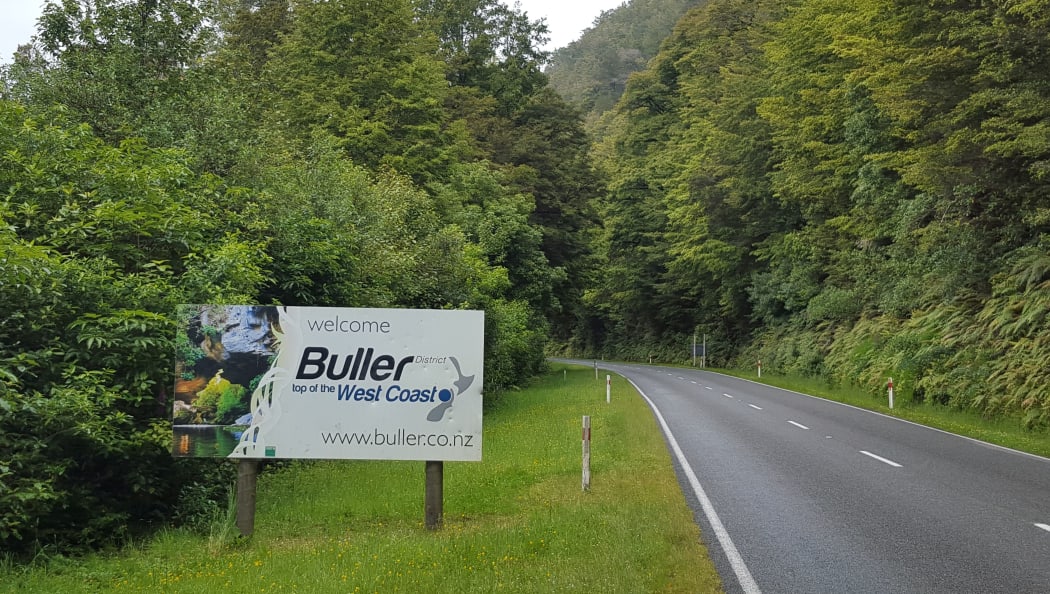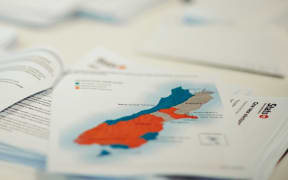The West Coast of the South Island is the only part of the country where the population has declined, according to the latest census.

Property values have declined by up to 35 percent in the Buller. Photo: RNZ / Tracy Neal
While regions such as Northland had rocketed ahead with 18 percent growth in the five years to 2018, the coast's population had slipped by 1.8 percent, close to where it was 13 years ago.
The region's flat-lining population was all the more worrying because of the fall in the number of children aged 15 or younger - down 9 percent since 2013.
Not great news then for older generations wondering who was going to take up the baton once they moved on.
However, Buller High School principal Andrew Basher said things were not as bad as many predicted they would be after hundreds of redundancies at Stockton Mine and the closing down of the Holcim cement plant.
"We were expecting a drop of 50 to 100 kids because it's a lot of families. The reality, however, was that impact wasn't as significant as we thought. And of course, Talley's has expanded in Westport as well. So, you know, there's always new opportunities I guess, and there's been a tourist boom of course, right across the coast."
While property values had declined by up to 35 percent in the Buller District, the families sending their children to his school were not going anywhere and next year's roll was still looking stable.
"They are going to stick come hell or high water, even though the property prices have dropped and they're struggling, they still see the West Coast and Westport for what it is and it's a beautiful environment, safe for children, so they're willing to make the sacrifice to remain where they are."
Buller dairy farmer and mayoral hopeful Jamie Cleine was one of those fiercely loyal to the region.
He said there was no doubt the loss of jobs saw his district hit rock bottom for a while.
"You sort of lost those good middle jobs. And they tended to be replaced initially anyway with the lower socioeconomic, perhaps higher-needs people coming here for cheaper housing, they added strain to our social services and things like that."
A push by local real estate firms to market the coast as a great place to retire had some success, he said.
But he was confident farming, fishing and mining would continue to provide enough jobs to keep the region ticking along for a while yet.
"The industries that are here, are here for a reason, and they're sustainable, they've proven to be sustainable. And there's always opportunity for them to grow."
Down the road in the Grey District, there was a similar picture when it came to an ageing and flat-lining population.
But local business association chair Phillip Barnett said things had recently started to turn around.
"Three years ago our schools were suffering, you know, as somebody that's coached to the junior sports level, we struggled to get league teams, struggled to get rugby teams, my daughter's netball team was struggling. But there's absolutely been a stop to that sort of decline and now we start to see a slow pickup."
The hotelier was excited about a boom in tourist numbers both from overseas and from within the country and saw enormous potential for Greymouth in KiwiRail's investment in the world-famous Tranz Alpine Express.
"In a year's time, we're going to have a whole new set of carriages to help with the demand. They're also putting on a first class train. And that's just going to expose us to a whole new market. And then to compliment all the beautiful cycleways we've got on the West Coast, they're going to put on a dedicated cycle carriage."
Mr Barnett said the region's strong community spirit and jaw-dropping scenery would always draw enough people to the region to ensure it had a future.




